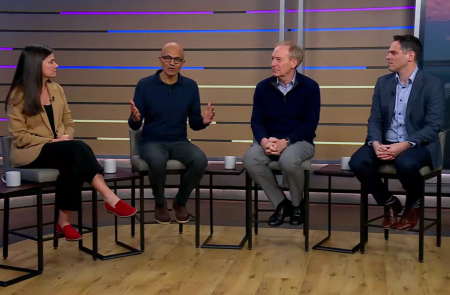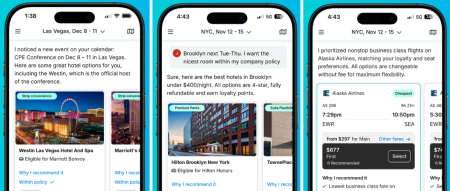Amazon Rebrands Satellite Internet Project as “Amazon Leo”
In a significant rebranding effort announced Thursday, Amazon has officially renamed its ambitious satellite internet initiative from “Project Kuiper” to “Amazon Leo.” This change marks a new chapter for the seven-year-old venture that began with just a small team of engineers and conceptual designs. The new name cleverly references “low Earth orbit,” the zone where Amazon’s growing constellation of internet satellites operates. With over 150 satellites already deployed and plans for more than 3,200 in total, Amazon Leo represents one of the tech giant’s most ambitious infrastructure projects to date, aimed at revolutionizing global internet access.
The original “Project Kuiper” name was always intended as a temporary code name, following Amazon’s tradition of using internal designations during development phases. CEO Andy Jassy noted on social media that this practice is common across Amazon’s product lineup, citing examples such as the Echo (originally “Doppler”), the first Kindle (known as “Fiona”), and AWS’s EC2 network device project (dubbed “Blackfoot” after penguins observed by the team in Cape Town). The Kuiper name itself drew inspiration from the Kuiper Belt, a distant region of our solar system filled with asteroids beyond Neptune’s orbit. As the project has matured from concept to reality with actual satellites in space, Amazon determined the time was right for a more consumer-friendly brand identity.
Amazon Leo’s mission extends far beyond a simple name change—it represents the company’s commitment to addressing a critical global connectivity gap. According to Amazon’s newly launched website, the service aims to serve “billions of people on the planet who lack high-speed internet access,” alongside “millions of businesses, governments, and other organizations operating in places without reliable connectivity.” This positioning reflects Amazon’s strategy to not only compete with existing satellite internet providers like SpaceX’s Starlink but to potentially reach underserved markets where traditional infrastructure has been economically unfeasible. The initiative leverages Amazon’s vast resources and technical expertise to potentially transform internet accessibility on a global scale.
The satellite network has already demonstrated impressive technical capabilities that suggest it will be a formidable competitor in the space-based internet market. During tests conducted in September, Amazon executives reported data transmission speeds exceeding one gigabit per second—performance that rivals many land-based broadband services. The company has also begun forming strategic partnerships across multiple industries, with JetBlue becoming the first airline to sign on in September, promising passengers significantly improved in-flight Wi-Fi. Other early partners include major telecommunications and broadcast companies such as L3Harris, DIRECTV Latin America, Sky Brasil, and NBN Co. (Australia’s National Broadband Network operator). These partnerships indicate Amazon’s intention to integrate Leo across diverse use cases rather than focusing solely on residential service.
Behind the scenes, Amazon has established substantial physical infrastructure to support Leo’s ambitious goals. The company’s primary satellite manufacturing facility is based in Kirkland, Washington, with additional component production occurring at Leo’s headquarters in nearby Redmond. This Pacific Northwest manufacturing hub is complemented by a $140 million, 100,000-square-foot payload processing facility at Kennedy Space Center in Florida, which prepares satellites for launch. These investments represent just a portion of the multibillion-dollar commitment Amazon has made to catch up with SpaceX’s Starlink, which currently holds a significant lead in the satellite internet market. The serious nature of Amazon’s commitment became evident in April when the company launched its first batch of 27 satellites, officially beginning its constellation deployment.
While the rebranding signals Amazon’s confidence in the project’s trajectory, several key questions remain unanswered for potential customers. The company has not yet announced specific pricing or availability details, noting only that service will begin rolling out once more coverage and capacity have been added to the network. This measured approach suggests Amazon is prioritizing system reliability and performance over rushing to market. The enthusiasm within Amazon’s leadership is evident, with Devices & Services leader Panos Panay expressing on social media that he is “psyched for what’s ahead.” As Amazon Leo continues its deployment phase, the project represents not just a new business opportunity for the tech giant, but potentially a transformative force in global connectivity—bringing high-speed internet to regions where traditional infrastructure has failed to reach, and possibly reshaping how people around the world access information, education, healthcare, and economic opportunities through reliable broadband connectivity.















